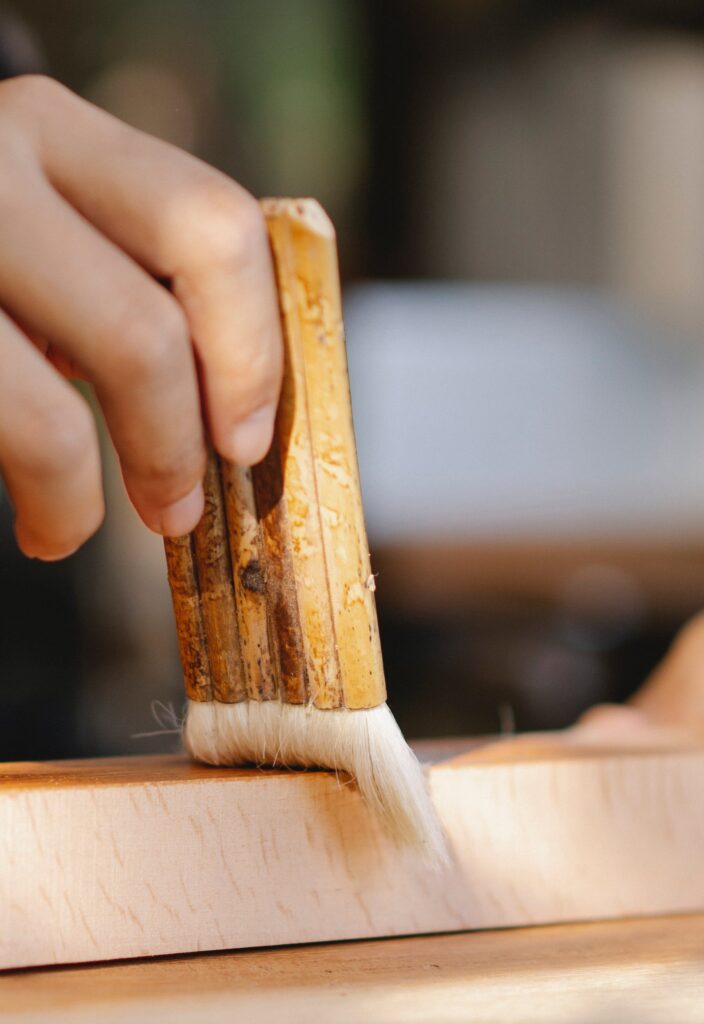A kitchen styled in wood, and how to maintain it
Timeless, natural and warm: wood is a much-loved material in our homes. It’s currently staging a comeback in our kitchens too, and if it’s well taken care of, you can expect it to be around for a long time. Discover the best ways to clean, protect and maintain your wood surfaces.
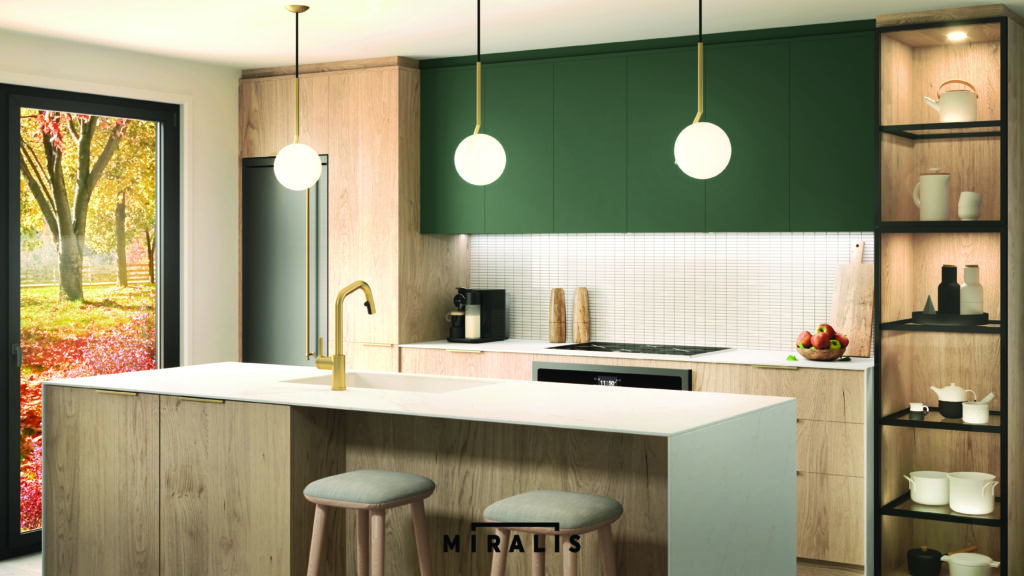
Start with the right choice of wood
To properly select your wood, keep in mind that the different species each have their own characteristics. For kitchens, hardwoods are best. Think walnut, oak, maple or cherry. We prefer oak to maple for its excellent resistance. If you’re going with the current “au naturel” wood trend, select your wood for its real colour, like white or red oak. Or consider walnut, which offers a wide palette of colours and fades from exposure to light over time to a nice amber.
All woods can be stained to even out the colour or bring out reddish or golden highlights while retaining the veining and grain of the material. Stain makes sure the wood ages better by protecting against yellowing and changes in pigmentation from exposure to UV rays
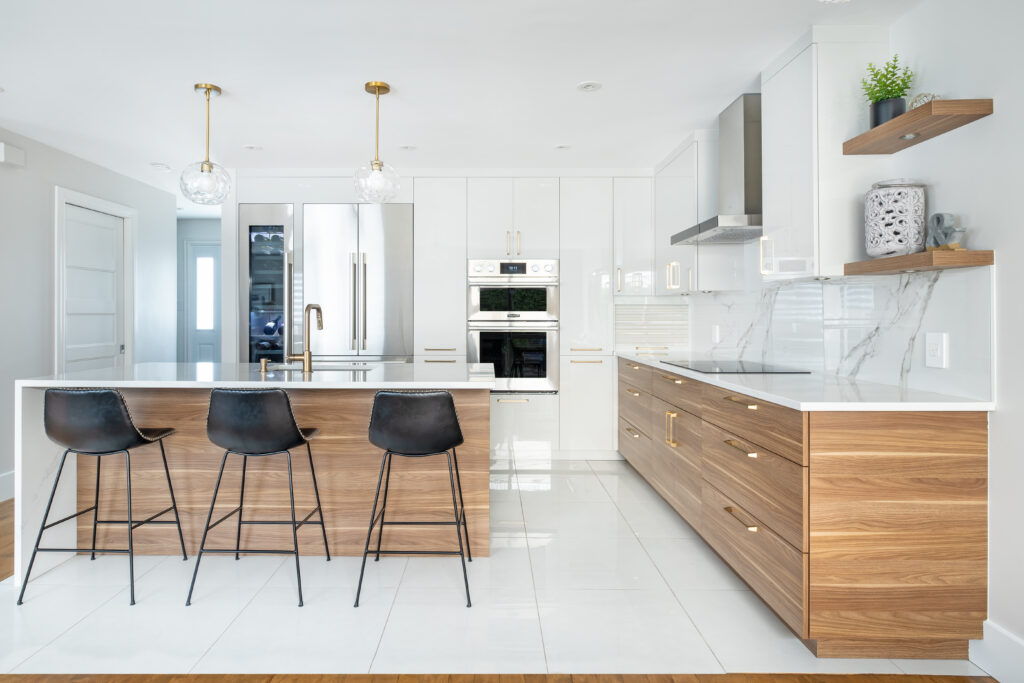
A living material
Wood changes over time. In addition to the scratches and stains caused by regular human use, it also reacts to moisture and light. As the seasons and years go by, it tends to swell, deform, shift and change colour, so you need to be prepared to adjust and carry out regular maintenance.
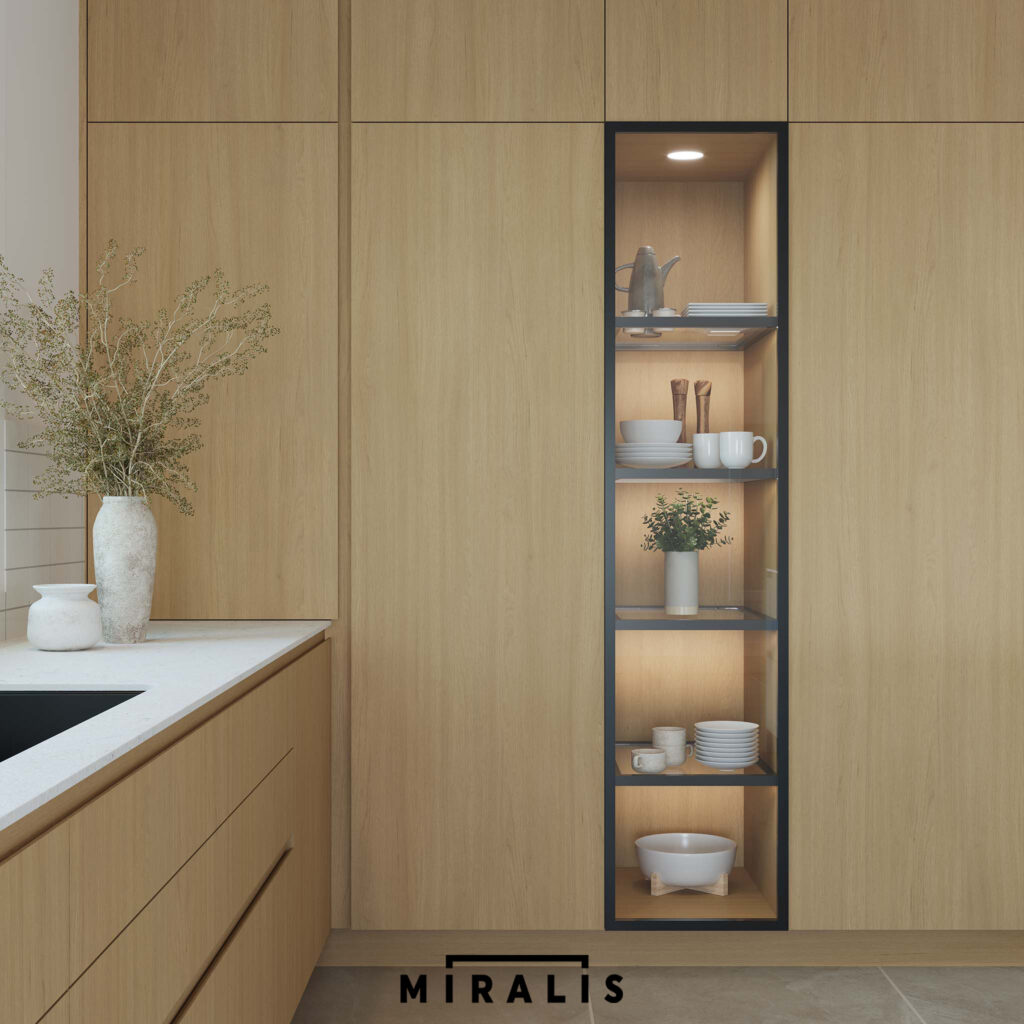
An ounce of prevention is worth a pound of cure
To make wood last in the kitchen, you need to start out by protecting it. Keep in mind that enemy number one is water. Now’s the time to slide saucers under tea cups and coasters under glasses. Watch out for wet patches under the plate rack and splashing from the sink. And to avoid scratches and scrapes, commit to placemats, cutting boards and being gentle with hard or heavy objects.
Heat can leave a scar too, so make sure to protect your counters and table from dishes straight out of the oven. Intensely coloured foods like beets, berries and some spices can stain wood, and hot oil can also leave marks, so be careful when frying on the stove. Pro chefs always keep a damp cloth handy so they can wipe up quickly.
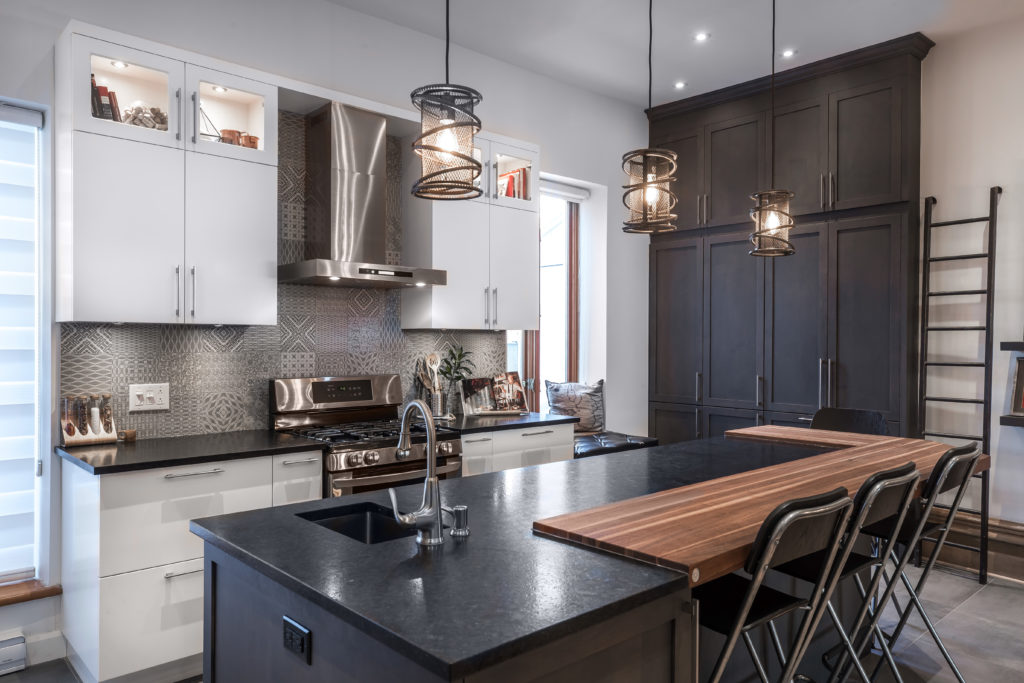
Everyday maintenance
To clean your wood surfaces, use a microfibre cloth (never anything abrasive) with a mild soap, such as dishwashing liquid and lukewarm water, or vinegar and baking soda.
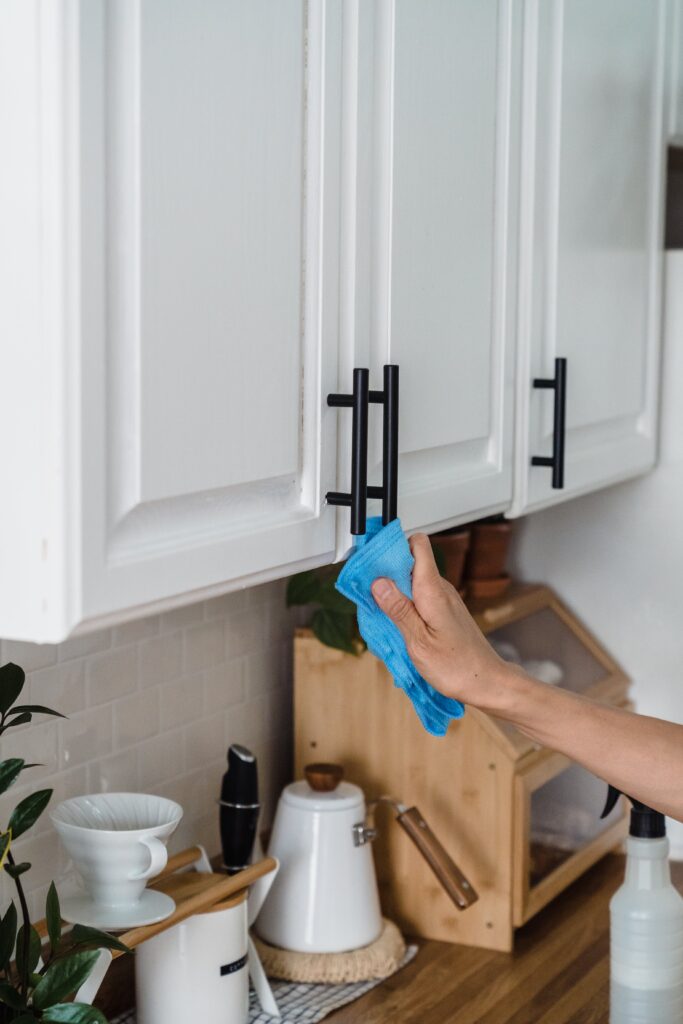
Occasional maintenance
To protect wood from staining, wooden countertops come pre-oiled and need to be oiled again regularly to keep them in top shape. To remove scratches, you can lightly sand the surfaces using very fine sandpaper. Then every two years or so, you can sand it a little more, the same as you do a hardwood floor, then oil it to protect it and preserve its lustre.
With the right precautions and maintenance, your wood kitchen can still be going stronger after a quarter century!
